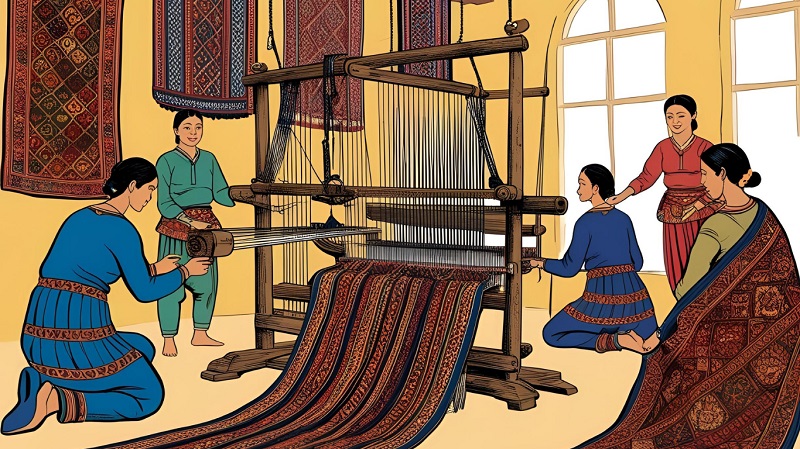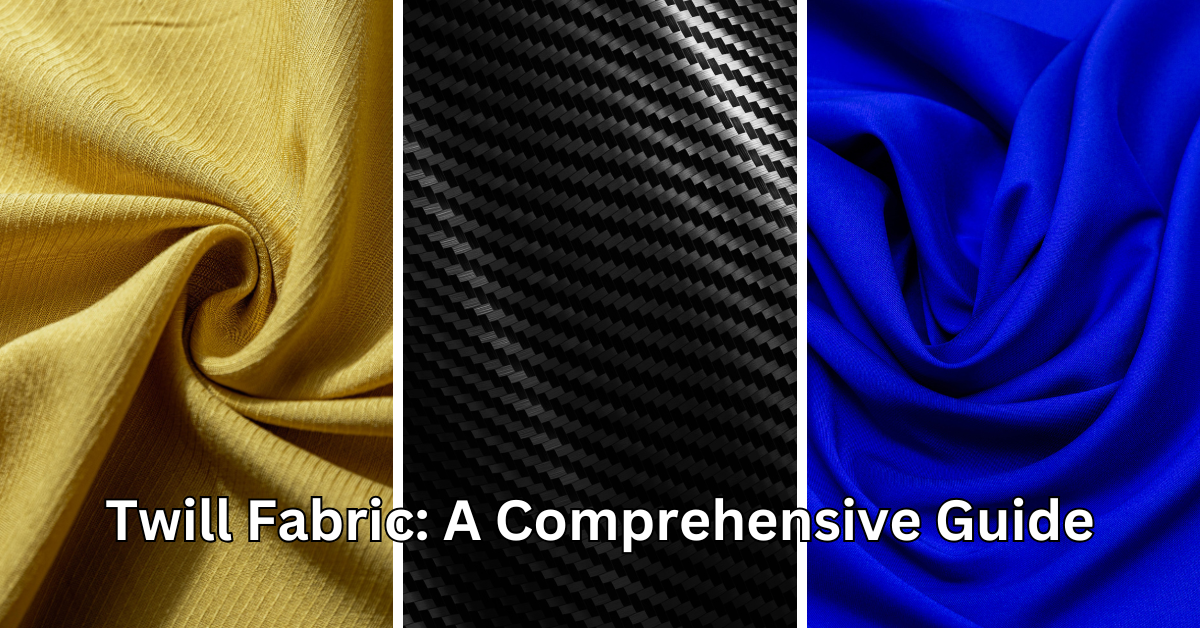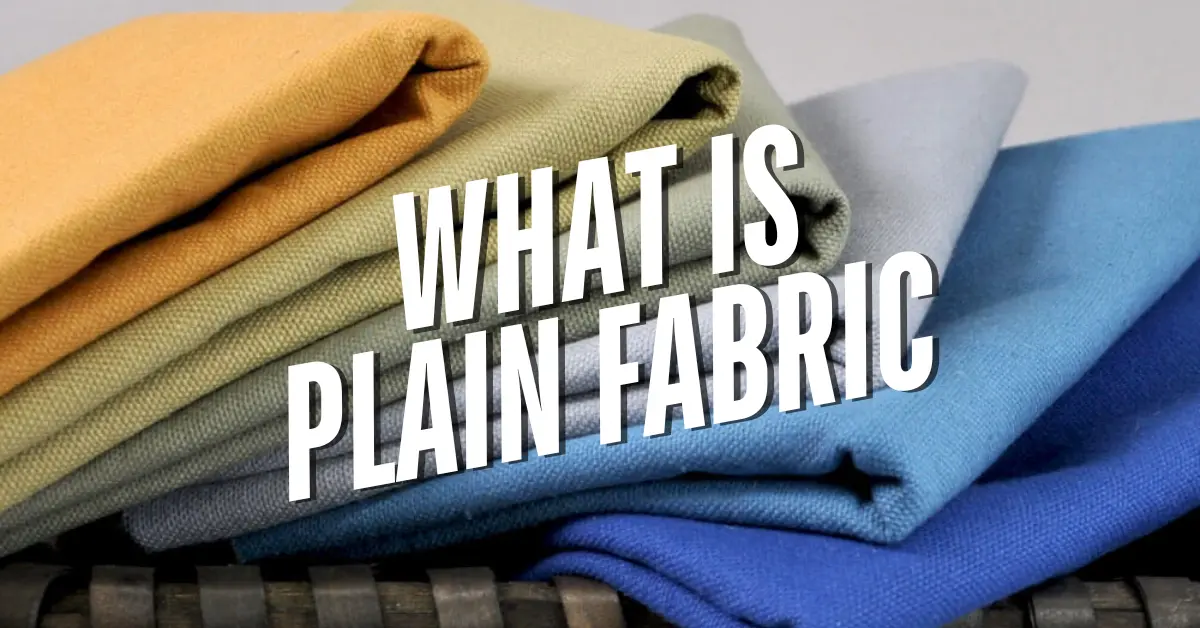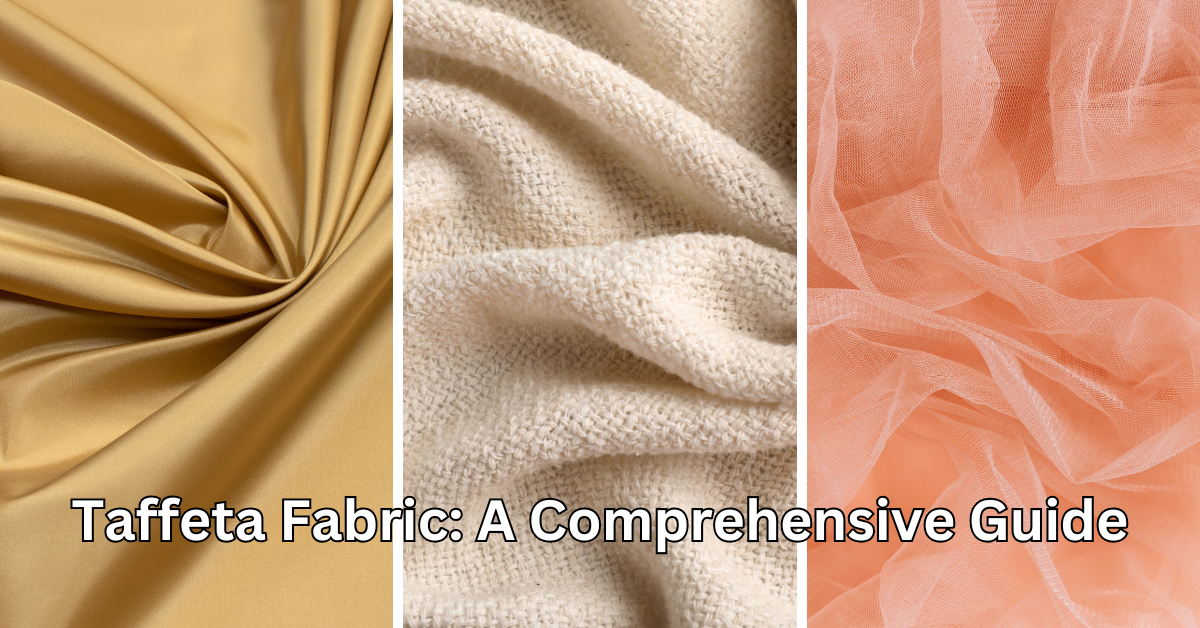Twill fabric is distinguished by its diagonal rib pattern, resulting from the unique weaving technique where the weft thread passes over one or more warp threads and then under two or more warp threads in a regular sequence. This structure contributes to the fabric’s strength and flexibility, making it a preferred choice in various applications.
Historical Background of Twill Weave

The origins of twill weave trace back to ancient civilizations, where it was employed to create durable textiles. Over centuries, twill weaving techniques evolved and were adopted by various cultures, leading to the development of renowned fabrics like denim and gabardine.
Twill Weave Structure
Weaving Technique
The twill weave is characterized by its diagonal lines, formed by the offset in the interlacing pattern of warp and weft threads. This results in a fabric that is both sturdy and visually appealing.
S-Twill and Z-Twill
Twill weaves can be categorized into S-twill (left-hand twill) and Z-twill (right-hand twill), depending on the direction of the diagonal lines. S-twill features diagonals running from the top left to the bottom right, while Z-twill has diagonals running from the top right to the bottom left.
Types of Twill Weaves

Even-Sided Twill
Even-sided twill, also known as balanced twill, displays an equal number of warp and weft threads on both sides, resulting in a fabric that appears identical on both faces.
Warp-Faced Twill
In warp-faced twill, the warp threads dominate the fabric’s surface, creating a pronounced diagonal pattern and enhancing durability.
Weft-Faced Twill
Conversely, weft-faced twill emphasizes the weft threads on the fabric’s surface, offering a softer texture and subtle diagonal lines.
Variations of Twill Weave
Herringbone Twill
Herringbone twill features a distinctive V-shaped pattern, resembling the skeleton of a herring fish. This design is achieved by periodically reversing the direction of the twill weave, resulting in a visually striking fabric.
Elongated Twill
Elongated twill extends the diagonal lines over a greater number of threads, producing a more pronounced and extended diagonal pattern.
Steep Twill Weave
Steep twill weave is characterized by its sharp diagonal lines, typically formed by a higher ratio of warp to weft threads, resulting in a steeper angle of the diagonal pattern.
Common Twill Fabrics and Their Uses

Denim
Denim is a sturdy cotton twill fabric, traditionally featuring a blue warp and white weft, making it a staple in jeans and casual wear.
Gabardine
Gabardine is a tightly woven twill fabric, often made from worsted wool or cotton, renowned for its durability and used in suits, trousers, and outerwear.
Chino
Chino fabric is a lightweight cotton twill, commonly used in casual trousers and military uniforms due to its comfort and durability.
Serge
Serge is a type of twill fabric with a smooth surface and distinct diagonal lines, traditionally used in military uniforms and formal attire.
Drill
Drill is a strong, durable cotton twill fabric, often used in workwear, uniforms, and upholstery due to its heavy-duty nature.
Advantages of Twill Weave
Durability
The diagonal structure of twill weave contributes to its high strength-to-weight ratio, making twill fabrics exceptionally durable and resistant to wear and tear.
Opacity
Twill fabrics are generally more opaque than plain weave fabrics, providing better coverage and making them suitable for garments requiring modesty.
Stain Resistance
The pattern of twill weave helps conceal stains and soil, as the diagonal lines can mask imperfections, making it a practical choice for everyday wear.
Wrinkle Resistance
Twill fabrics tend to resist wrinkling and creasing, maintaining a neat appearance with minimal ironing.
Drape
The flexibility of the twill weave imparts a favorable drape to the fabric, allowing it to conform gracefully to the body’s contours.
Comparing Weave Types: Twill vs. Plain Weave vs. Satin Weave

Plain Weave
Plain weave is the simplest weaving pattern, with each weft thread passing over and under each warp thread alternately. While durable, plain weave fabrics may lack the visual interest and drape of twill fabrics.
Twill Weave
Twill weave offers enhanced durability and a distinctive diagonal pattern, providing both aesthetic appeal and functional benefits.
Satin Weave
Satin weave is characterized by long floats of warp or weft threads, resulting in a smooth, lustrous surface. However, satin fabrics may be more prone to snagging and less durable than twill fabrics.
Key Differences
Twill fabrics strike a balance between durability and aesthetic appeal, offering a versatile option suitable for various applications.
Conclusion
Twill fabric’s unique diagonal weave pattern imparts strength, versatility, and visual appeal, making it a staple in both fashion and home furnishings. Its various types and applications underscore its enduring significance in the textile industry.

Manager – Fabric Technical and Sourcing/Product Development/ Sustainable Material Management.
I am a B.Sc .-educated Manager of Fabric Sourcing and Technology with extensive experience in the apparel and fashion industry. Passionate about trend analysis, fabric sourcing, and sustainable textile solutions, I thrive in fast-paced environments that demand innovation, adaptability, and leadership.
As a servant leader, I am committed to honesty, transparency, and continuous process improvement. My expertise spans fabric development, product quality management, and supply chain optimization, ensuring exceptional performance across all facets of sourcing and production.
Core Skills & Expertise
✔ Fabric Sourcing & Development – Specialized in regular and sustainable textiles (BCI, Organic, Recycled).✔ Trend Analysis – In-depth understanding of global fashion and fabric trends.✔ Product Development – Expertise in material innovation and process optimization.✔ Quality Management – Strong focus on process control, ensuring high-quality production.✔ Leadership & Problem-Solving – Solution-oriented approach to team management and decision-making.
Technical Proficiency
🖥 Software & Tools:▪ Microsoft Outlook, Excel, Word▪ PLM (Product Lifecycle Management)
🌱 Sustainable & Ethical Practices:▪ Better Cotton Initiative (BCI)▪ Organic & Recycled Fabric Management
Key Strengths
✅ Solution-Focused Leadership – Driving innovation and efficiency in fabric sourcing.✅ Quick Decision-Maker – Adapting to market shifts and production challenges.✅ Team Player with a Positive Attitude – Ensuring collaboration and productivity.✅ Strong Time Management – Meeting deadlines while maintaining quality.
Professional Achievements
🏆 Li & Fung GEM Award – Recognized for fabric sourcing and supply chain management excellence.🏆 Group CEO GEM Award – Honored for outstanding leadership and process innovation.


